简体中文
繁體中文
English
Pусский
日本語
ภาษาไทย
Tiếng Việt
Bahasa Indonesia
Español
हिन्दी
Filippiiniläinen
Français
Deutsch
Português
Türkçe
한국어
العربية
Understanding Volatility in Forex Trading: A Guide for Traders
Abstract:Mastering Forex Volatility: Explore its causes, measurement, impact, and strategies for successful trading in dynamic currency markets.
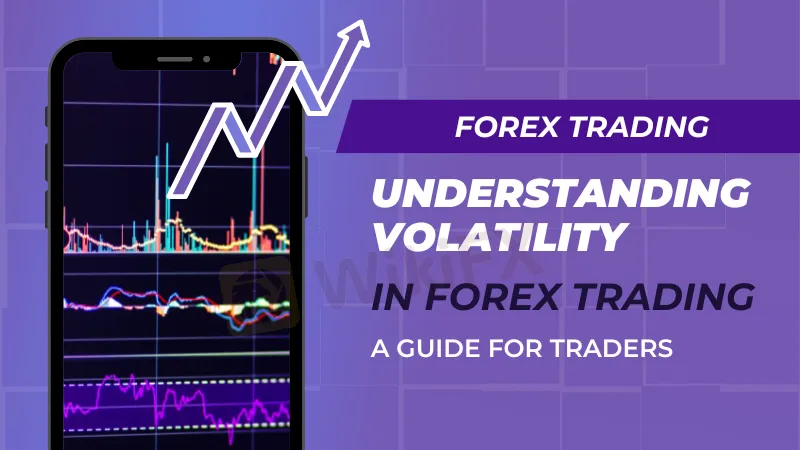
The world of Forex trading is marked by its dynamic and often unpredictable nature, making understanding the concept of volatility not just beneficial, but essential for traders. Volatility, in its simplest form, measures the frequency and magnitude of a currency pair's price movements over time. It's a pivotal indicator that offers a glimpse into the market's mood, presenting both risks and opportunities for traders. In this detailed analysis, we delve into the nuances of Forex volatility, exploring its causes, measurement methods, implications, and strategies for effective trading.
Deep Dive into the Causes of Forex Volatility
Forex volatility is influenced by a multitude of factors, each contributing to the market's fluctuations:
1. Economic Reports: Data such as GDP growth, unemployment rates, or inflation figures can significantly impact currency values, leading to heightened volatility. A strong economic report may bolster a currency, while a weak one could lead to depreciation.
2. Political Instability: Elections, policy changes, or geopolitical tensions can inject uncertainty into the markets, causing sharp price movements as traders react to the news.
3. Global Events: From natural disasters to pandemics, unforeseen global events can cause abrupt shifts in investor sentiment, influencing currency volatility.
4. Market Liquidity: The level of trading activity in a currency pair can also affect its volatility. Major pairs with high liquidity tend to be less volatile compared to exotic pairs with less trading volume.

Sophisticated Methods of Measuring Forex Volatility
Traders employ various techniques to gauge the volatility of currency pairs:
1. Standard Deviation: This statistical tool measures the amount of variation or dispersion from the average, offering traders insights into the expected volatility.
2. Average True Range (ATR): ATR provides an average of past price range movements, giving traders a historical perspective on volatility.
3. Bollinger Bands: These bands adjust themselves based on market volatility, widening during volatile periods and contracting during less volatile times.
The Critical Role of Forex Volatility in Trading
Understanding volatility is crucial for traders as it directly influences their risk and reward potential:
1. Trading Strategies: High-volatility environments might suit aggressive traders looking for significant profits, while low-volatility situations might appeal to those preferring a more conservative approach.
2. Risk Management: Volatility awareness helps in setting appropriate stop-loss and take-profit levels, crucial for effective risk management.
Factors That Shape Forex Volatility
Several elements shape the volatility landscape in Forex trading:
1. Economic Indicators: Key data releases like interest rate decisions or trade balance reports can trigger immediate reactions in the Forex market.
2. Political and Global Events: Elections, trade agreements, or international conflicts can lead to sudden shifts in currency values.
Identifying the Most Volatile Currency Pairs
While all currency pairs exhibit some degree of volatility, certain pairs are inherently more volatile:
1. Exotic Pairs: Pairs involving emerging market currencies typically display higher volatility due to economic instability and lower liquidity.
2. Time-Specific Volatility: Currency pairs can exhibit varying levels of volatility depending on the trading session, influenced by the opening and closing of financial markets around the world.

The Impact of High Volatility on Forex Spreads
High volatility periods can lead to wider spreads in Forex trading:
1. Increased Trading Costs: Wider spreads mean higher costs for entering and exiting trades, directly impacting profitability.
2. Dynamic Spreads: In volatile markets, spreads can fluctuate rapidly, posing a challenge for cost prediction and strategy formulation.
Can Volatility Indicators Foretell Market Movements?
While volatility indicators provide valuable insights, they are not foolproof predictors of market direction:
1. Direction Agnostic: These indicators signal the intensity of price movements but not the direction.
2. Use in Conjunction: For best results, volatility indicators should be used alongside other technical analysis tools.
The Influence of Major News Releases on Forex Volatility
Significant news events can lead to spikes in volatility:
- Market Reaction to News: The Forex market can react vehemently to news diverging from market expectations, causing sharp price movements.
- Short-term vs. Long-term Impact: While some news impacts are transient, others, especially those indicating economic or policy shifts, can have a more prolonged effect on volatility.
Strategies for Thriving in Volatile Forex Markets
Adapting to market volatility requires specific trading strategies:
- Trend Following: This strategy involves capitalizing on the direction of the market trend, suitable in strong, sustained volatile environments.
- Breakout Trading: Focuses on entering trades when prices break out of a defined range, often seen in periods of heightened volatility.
- Scalping: Aims to profit from small price changes, ideal for traders who prefer quick, short-term trades.
- Hedging: Involves taking offsetting positions to mitigate risk, particularly useful in unpredictable volatile markets.
Conclusion
Forex volatility, a double-edged sword, offers the potential for substantial gains but at the cost of increased risk. Traders must not only understand and measure this volatility but also tailor their strategies to navigate these fluctuating waters effectively. By mastering the art of volatility analysis and employing appropriate strategies, traders can enhance their prospects for success in the ever-changing world of Forex trading.

Disclaimer:
The views in this article only represent the author's personal views, and do not constitute investment advice on this platform. This platform does not guarantee the accuracy, completeness and timeliness of the information in the article, and will not be liable for any loss caused by the use of or reliance on the information in the article.
Read more
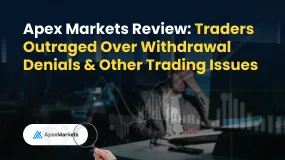
Apex Markets Review: Traders Outraged Over Withdrawal Denials & Other Trading Issues
Struggling to access fund withdrawals from Apex Markets for months? Does the broker remain silent on fund withdrawal issues? Does the Saint Vincent and the Grenadines-based forex broker reject your winning trades? Have you failed to get a refund into the card used for deposits? Did the broker deduct from your trading account instead? Traders have been imposing these scam allegations while sharing the Apex Markets Review online. We read the reviews and shared some of them below. Take a look!
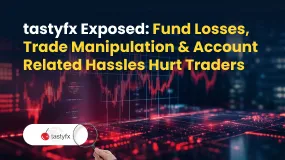
tastyfx Exposed: Fund Losses, Trade Manipulation & Account Related Hassles Hurt Traders
Are fund losses normal for you at tastyfx? Does the US-based forex broker constantly manipulate prices to hit your trading experience? Do you fail to receive a reply from the broker on your fund withdrawal requests? Do you constantly face trading account issues with tastyfx? It’s time to read the tastyfx review shared by traders online.
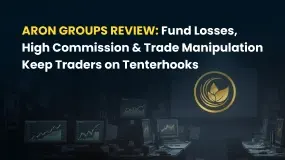
Aron Groups Review: Fund Losses, High Commission & Trade Manipulation Keep Traders on Tenterhooks
Have you lost your hard-earned capital while trading via Aron Groups Broker? Has the high commission charged by the broker substantially reduced your trading profits? Does the Marshall Islands-based forex broker constantly manipulate spreads to widen your capital losses? Have you been lured into trading courtesy of Aron Groups No Deposit Bonus, only to find that you had to deposit capital to get a bonus? All these and many more trading issues have become synonymous with the experience of Aron Groups’ traders. Consequently, many traders have shared negative Aron Groups reviews online. In this article, we have shared some of their reviews.
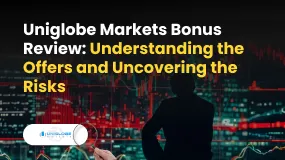
Uniglobe Markets Bonus Review: Understanding the Offers and Uncovering the Risks
Many traders start looking for a new broker by searching for special deals and bonuses. The phrase "Uniglobe Markets no deposit bonus" is something people often search for. Let's address this question clearly and directly. Based on all the information we have, Uniglobe Markets does not currently offer a no-deposit bonus. Instead, this broker focuses on bonuses that require you to deposit your own money first. To get any bonus credits, traders must put in their own capital. Read on to learn how this entire bonus works out for traders.
WikiFX Broker
Latest News
Angel one 2025 Review & Complaints
Latest FCA Daily Alerts and Consumer Warnings for 2025
Webull Widens Crypto Futures with Coinbase Derivatives
Is Nash Markets Regulated or Risk? Truth About Nash Markets’ License & Withdrawal Issues
CySEC Blocks Certification Access to Combat Advisor Impersonation
Exclusive Markets Under the Scanner: Traders Report High Swap Charges, Deposit Discrepancies & More
Pinched By Penny Shortage, US Retailers Beg Congress To Step In
PINAKINE Broker Review: A Complete Look at Its Services and Risks
Voices of the Golden Insight Award Jury - Simon So, Chief Experience Officer of Hantec Financial
The United States Outgrows All Its Major Peers
Currency Calculator




